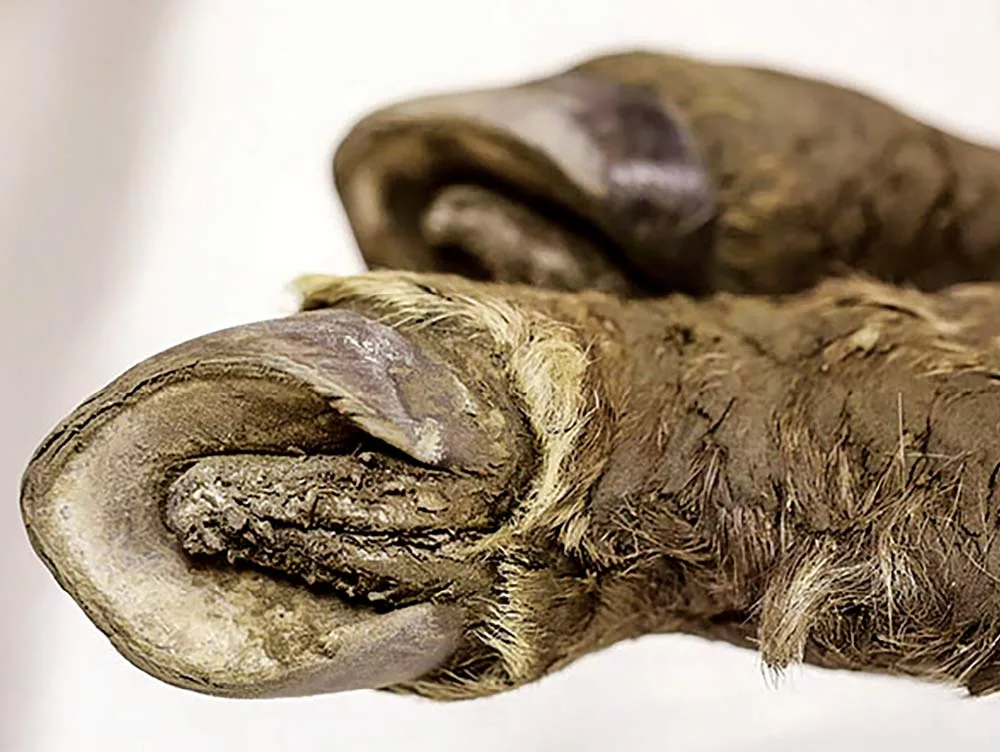American Farriers Journal
American Farriers Journal is the “hands-on” magazine for professional farriers, equine veterinarians and horse care product and service buyers.

A foal from the Paleolithic period that was discovered in Siberia could lead to significant scientific advances.
Scientists from North-Eastern Federal University in Yakutsk and Kindai University in Japan found the foal at the Batagai depression in the Yakutia region, according to The Siberian Times. It was completely preserved in permafrost, with internal organs and hair still intact and no visible wounds.
The carcass is in such good condition that scientists will attempt to clone it, according to Newsweek. Scientists only need one living cell to create the necessary embryo.
“Fortunately, the animal’s muscle tissues were undamaged and well preserved, so we managed to get samples of this unique find for biotechnology research,” Dr. Semyon Grigoriev told The Siberian Times. Grigoriev is the head of the Mammoth Museum in Yakutsk.
The foal was around 20 days old when it died and had reddish brown fur with a black mane and tail, as well as a black stripe down its back. It is similar to the Yakut horses living in the area. It is estimated to be approximately 40,000 years old.
Preserved samples of soil levels were also obtained from the site where the…